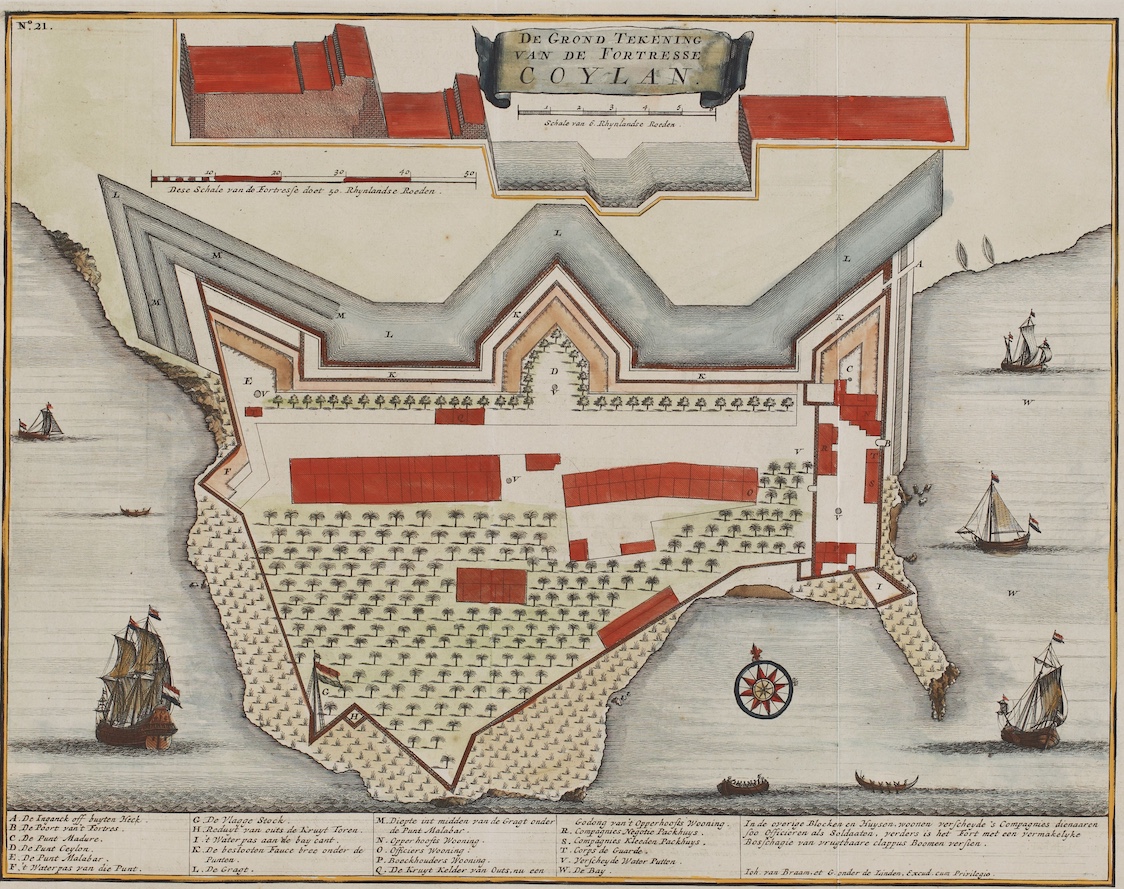In India, we don’t have to look very far to find innovation. The grand old monuments still holding their ground in our cities, the picturesque ruins on every traveller’s wish-list, the sacred sites of ancient faiths. Many of the iconic landmarks of our country are in fact, works of engineering genius and artistic experimentation. Take our quiz to discover these monuments in a new light.
Results

Ooops—that was a miss!

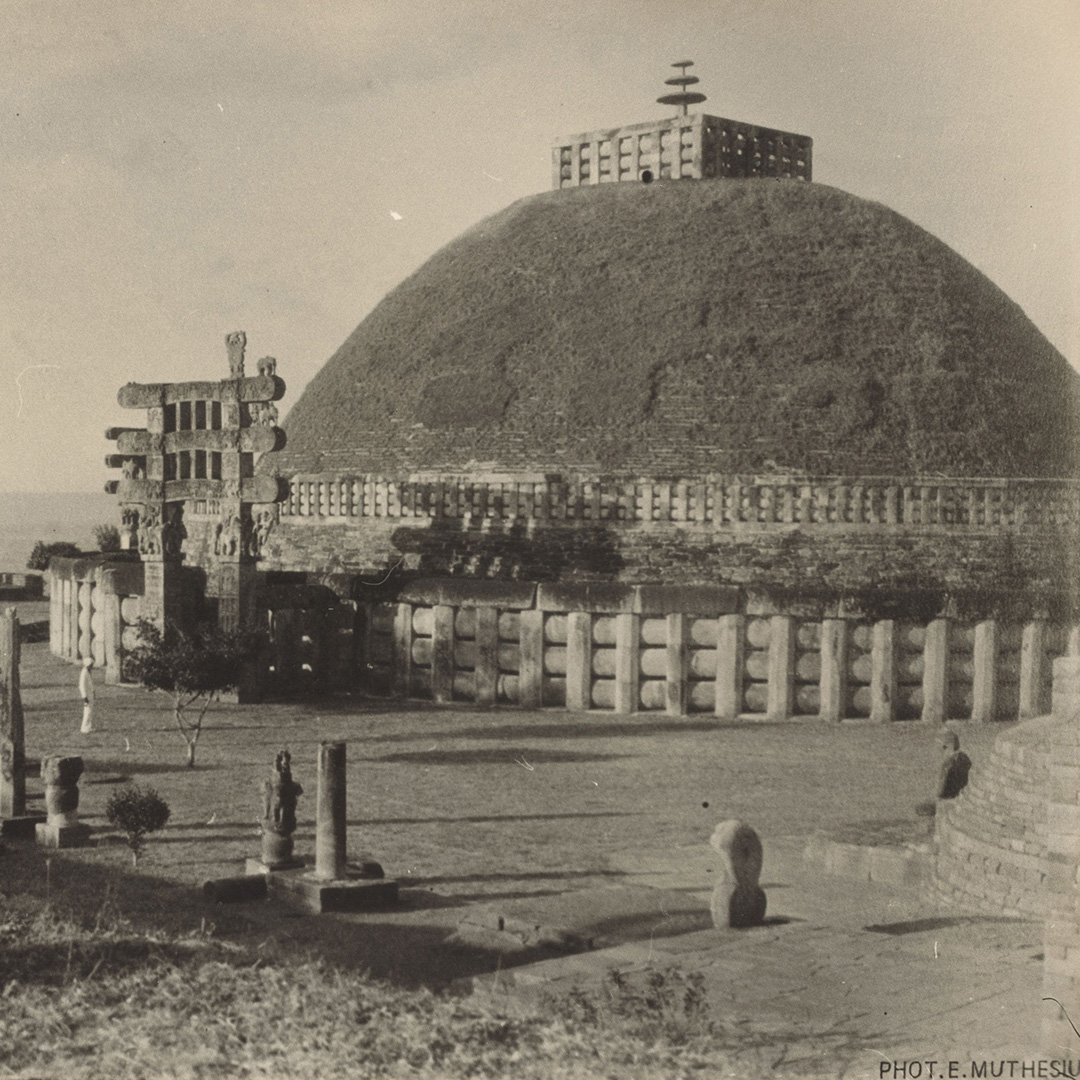
#1. The oldest stone structure in India was built in the 3rd century BCE by Emperor Ashoka. In which Indian state is it located?
The Sanchi stupa is the oldest surviving Buddhist sanctuary and the oldest stone structure in India. The stupa is a Buddhist architectural style characterised by a dome containing a relic chamber. The shape of the east Asian pagoda is inspired by the ancient Indian stupa. Read more about the Sanchi stupa here.
The Great Stupa at Sanchi, Eastern Gateway © Sarmaya Arts Foundation (2022.14.143)
#2. Which of the following statements about the Brihadeeshwara Temple is FALSE?
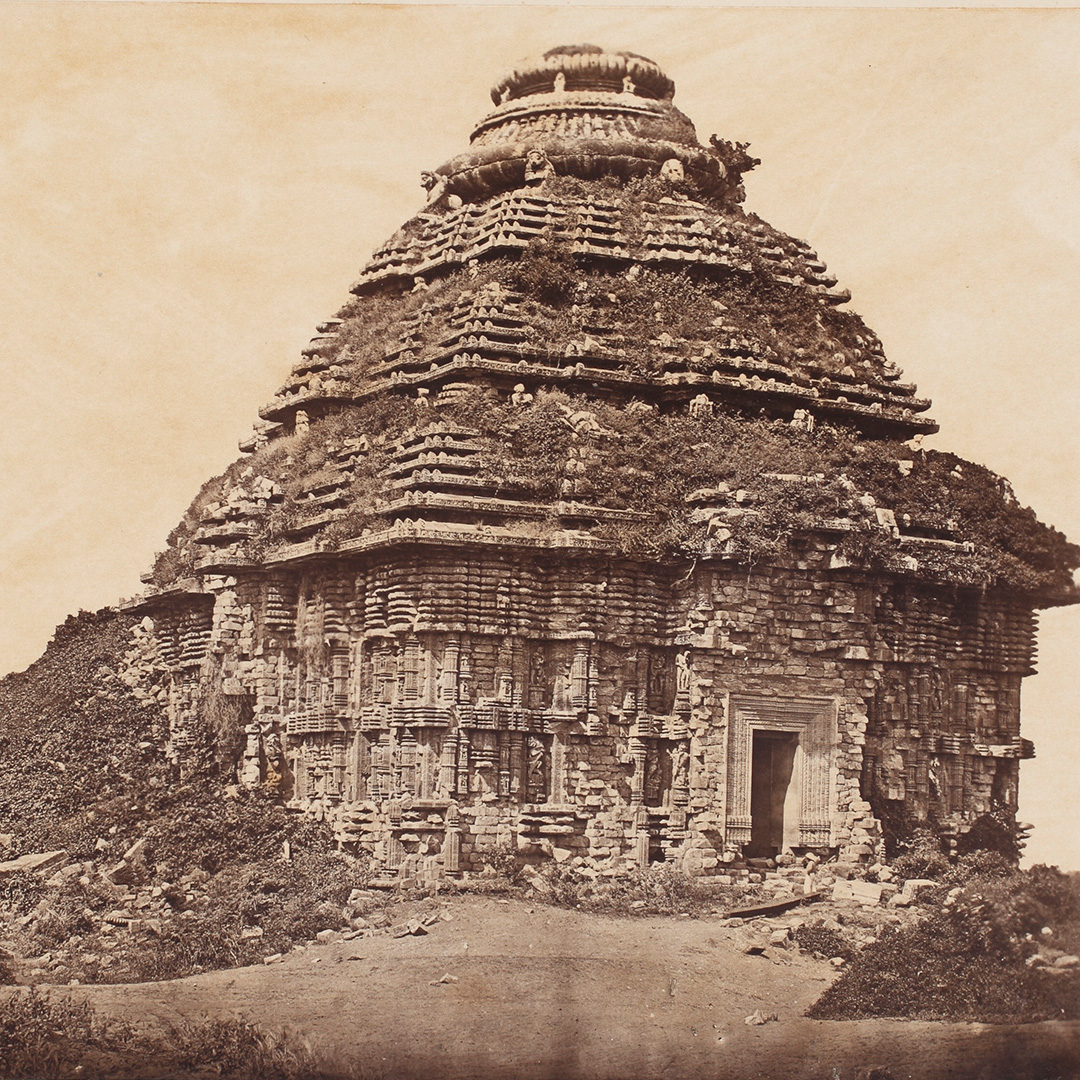
#3. The Konark Sun Temple represents the zenith of the temple architecture native to this region—what is this style called?
The Konark Sun Temple of Odisha is one of the most intriguing legacies of medieval Indian architecture, its ruins sparking the imagination to fill in the missing details. Built in the 13th century by King Narsimha I of the Ganga dynasty, the temple’s design depicts the deity, Surya Deula, riding a colossal chariot drawn on twelve wheels by seven mighty caparisoned horses. Read about the temple architecture of India here.
Image: Konark Sun Temple, Odisha, 1878, Raja Rajendralal Mitra © Sarmaya Arts Foundation (2016.1.1)
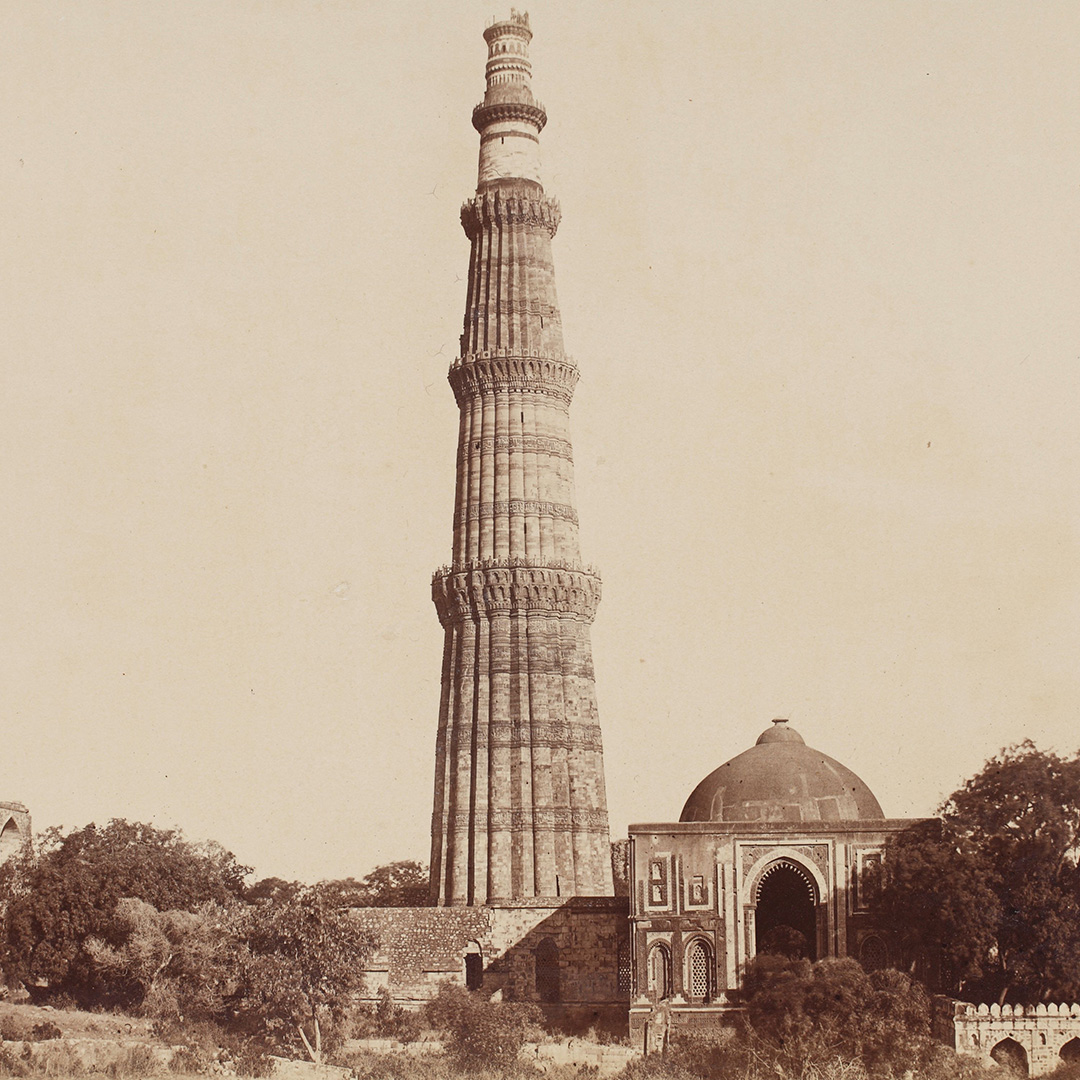
#4. Which of these statements about the Qutb Minar is true?
Built in the early 13th century, the Qutb Minar (Tower of Victory) was commissioned by Qutb-ud-din Aibak, founder of the Mamluk dynasty and the Delhi Sultanate. He ordered it along the lines of the Minaret of Jam, built by the Ghurid dynasty who ruled over the regions part of present-day Afghanistan. Like all minarets, it functioned as a tower from which the azaan or call to prayer was issued. The Qutb Minar is built of red sandstone and reaches a height of 73 metres. Get another look at the Qutb Minar here.
Image: The Qutb Minar, Delhi © Sarmaya Arts Foundation (2016.2.48)
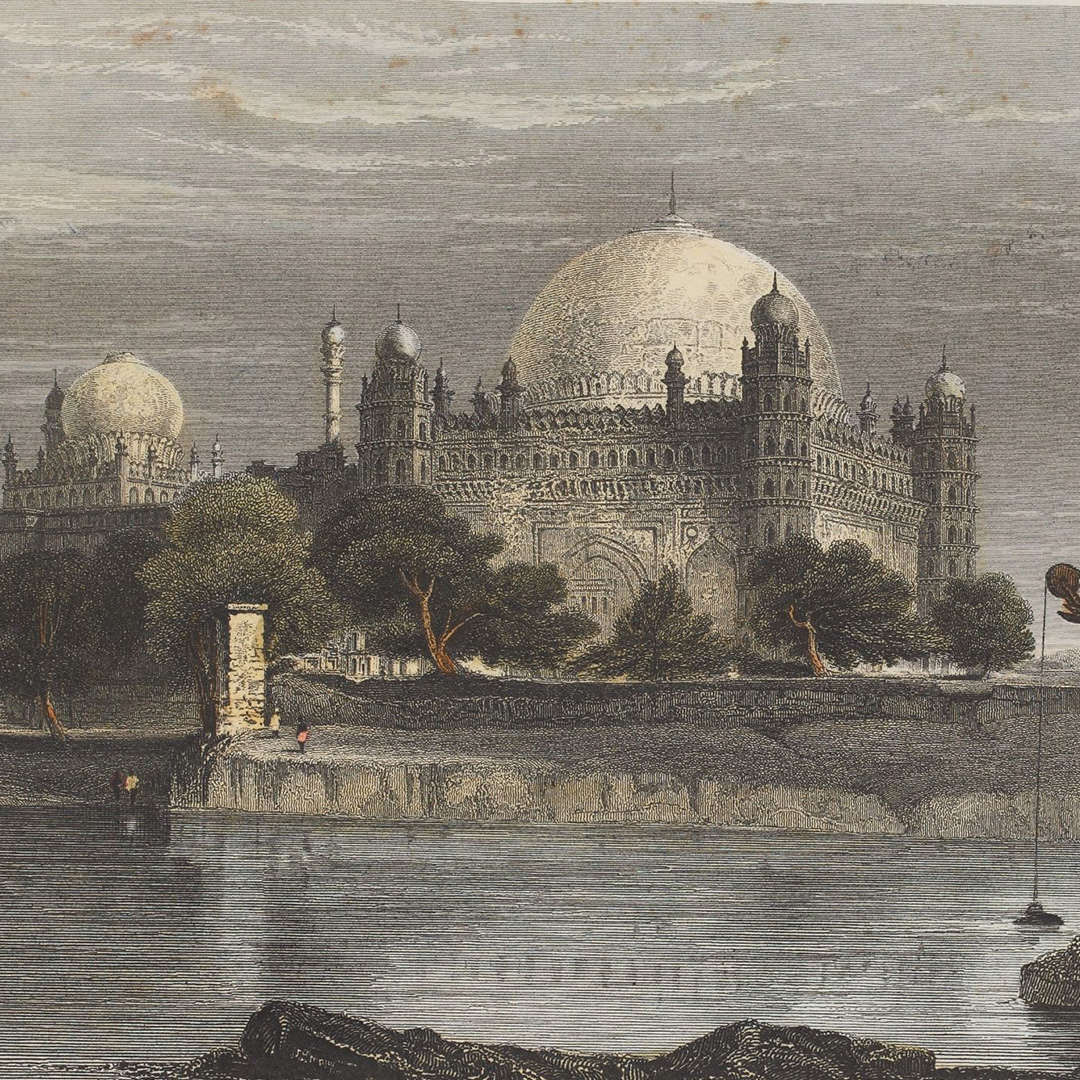
#5. This medieval mausoleum is the largest masonry dome in Asia. In which modern Indian city will you find this three-century-old marvel?
Gol Gumbaz, the 17th-century mausoleum of Sultan Mohammed Adil Shah, is located at Vijayapura aka Bijapur in Karnataka. Its claim to fame is a massive dome spanning over 144 feet, supported not by pillars but by interlocking arches. The Gol Gumbaz is Asia’s largest masonry dome, ie made from concrete, instead of lighter material like steel, iron or wood. Read more about the Gol Gumbaz here.
Image: Sultan Mohamed Shah’s tomb, Bejapore (Bijapur), 1832, engraving by drawn by S. Prout, a British artist, after a sketch by R. Elliot © Sarmaya Arts Foundation (2017.4.10)
#6. Pietra dura is a marble inlay technique developed in 16th-century Florence. What is this technique called in India?
Image: Taj Mahal, Agra © Sarmaya Arts Foundation (2018.11.28)
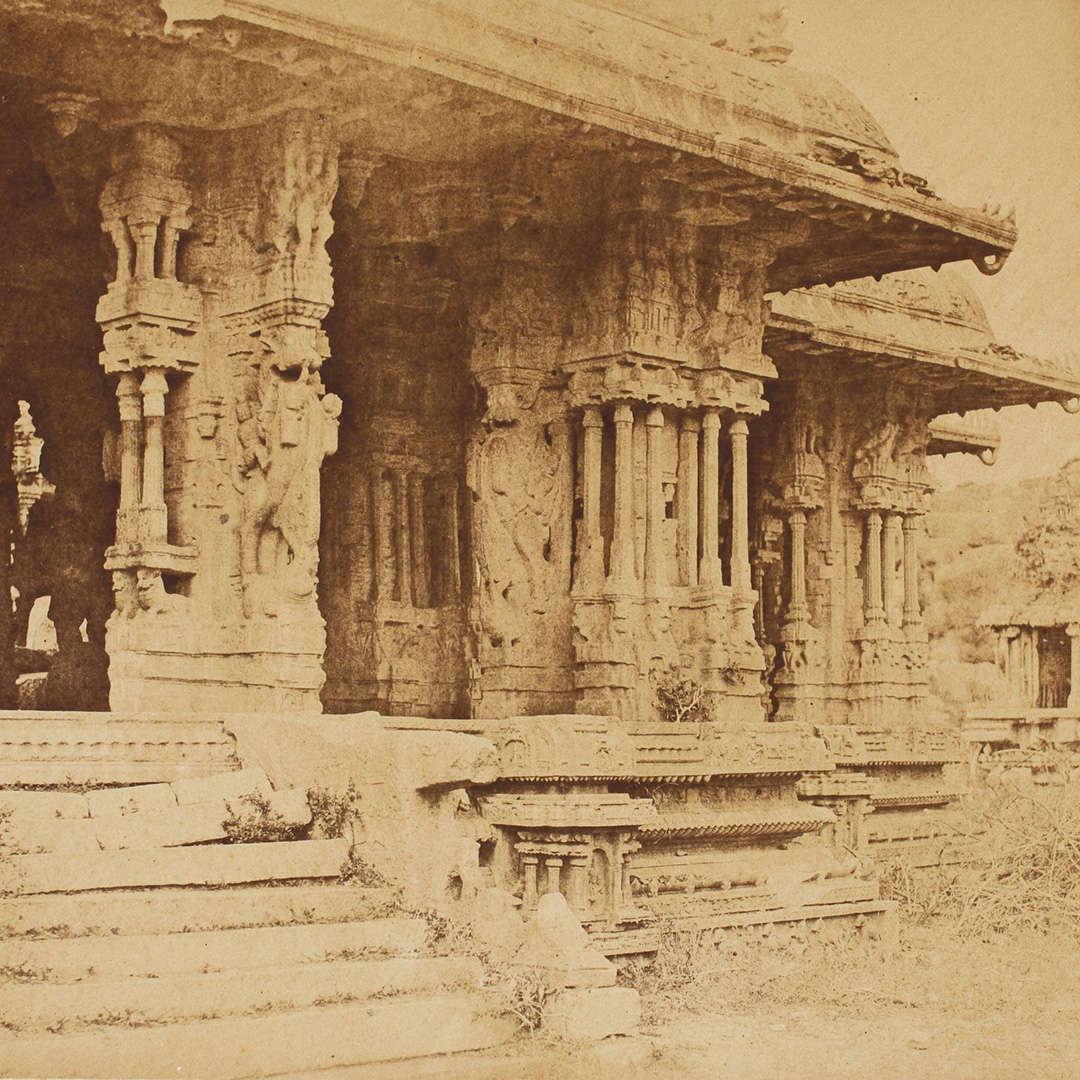
#7. Hampi is filled with architectural delights—like singing stones! Before we tell you more about them, can you name the empire that built this heritage site?
The palaces, temples and pavilions of the ancient village of Hampi are a testament to the refined sensibilities of the Vijayanagara empire. And among Hampi’s many architectural marvels is the musical pillars of the famous Vijaya Vitthala Temple. Built in the 15th century by King Devaraya II, the temple’s pillars are carved from local pink granite. By tapping or striking them, you can play different musical notes. Read more about the art and architecture of Hampi here.
Image: Vijaya Vithala Temple, Hampi), Photographed by A.C.B Neill, c.1856 © Sarmaya Arts Foundation (2019.47.1(62))
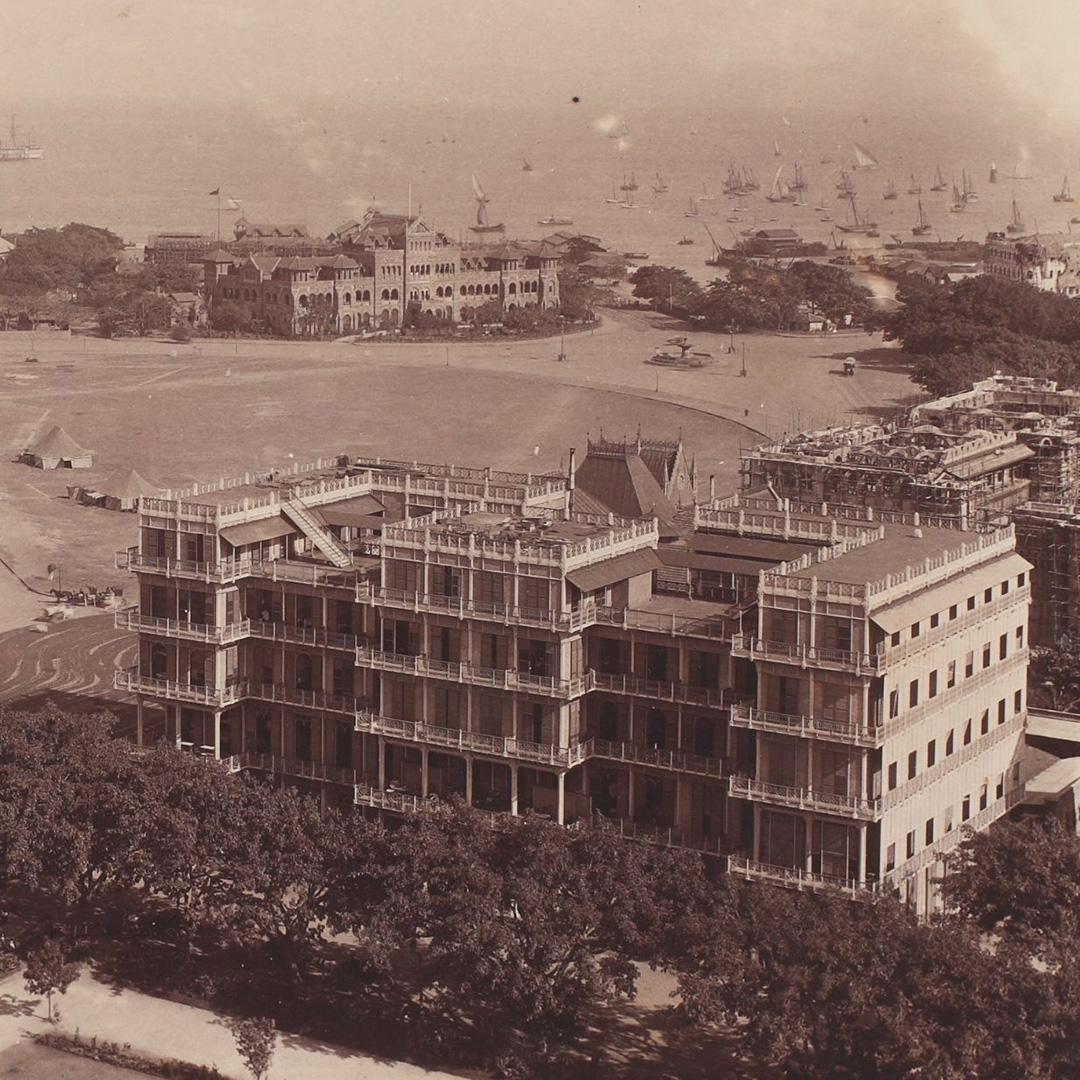
#8. This is Mumbai's Watson’s Hotel. What makes this 19th-century building special?
Watson’s Hotel in Mumbai is a historic site for more reasons than one. India’s first ever movie screening happened here on 7 July 1896. Mark Twain has stayed here, and it was one of Muhammed Ali Jinnah’s favourite haunts. But Watson’s main claim to fame is that it’s the oldest surviving cast iron building in India. Read more about the Watson’s Hotel here.
Image: The Watson’s Hotel, Bombay © Sarmaya Arts Foundation 2016.63.2 (43)






